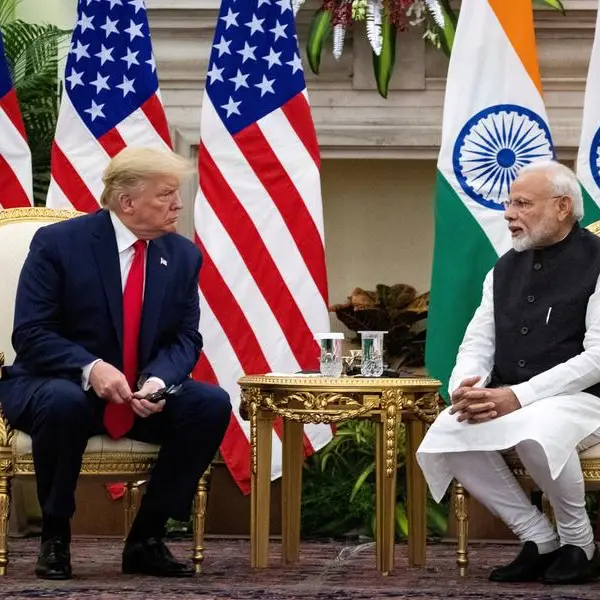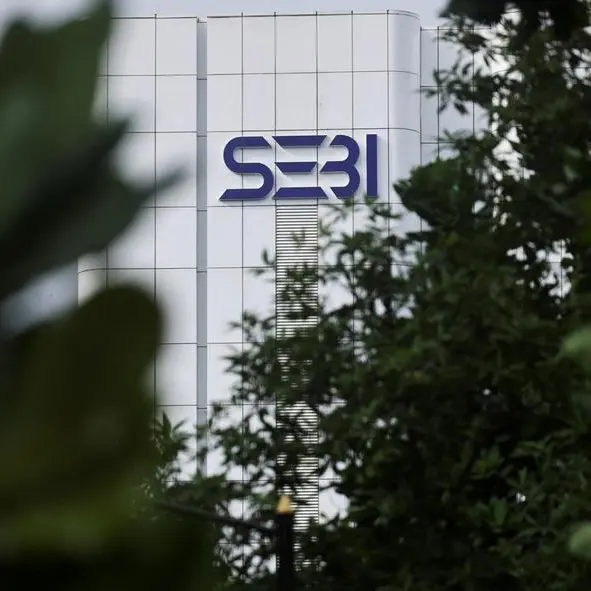PHOTO
The spread between the Indian and U.S. 10-year bond yields dropped to its lowest level in nearly 14 years, but it cannot remain this low for too long and could reverse over the coming weeks, analysts said on Thursday.
India's benchmark bond yield has hovered around 7% for the last few days, and the U.S. yield rose to around 3.75% in the past two weeks, shrinking the spread to 325 basis points (bps), levels last seen in August 2009.
"The current spread is not sustainable. This spread is a function of the 10-year bond yield remaining over-valued for quite some time," said Mataprasad Pandey, vice president at Arete Capital.
"Local bond yields are near their bottom, and should see an uptick towards the 7.10%-7.12% zone. Yields are unlikely to make a fresh bottom, and 6.95% should act as strong resistance at least for the current quarter," said Vijay Sharma, senior executive vice president at PNB Gilts.
U.S. yields have risen sharply in the past few days as talks over debt ceiling persists, while hawkish commentary from Fed officials has led to a selloff in treasuries, while local fundamentals have been supportive for Indian government bonds, pushing the benchmark yield below 7%.
"The spread should widen once the inflation in both countries comes back to levels closer to long term averages. The 10-year bond yield below 7% looks tough to sustain for now," said A Prasanna, head of research at ICICI Securities Primary Dealership.
Bets of easing inflation, as well as improvement in banking system liquidity after central bank's dividend and currency withdrawal have also lead to buying in bonds.
"Insurers and provident funds have been buying duration bonds, which has also aided the current bond rally," Prasanna added.
With rates hikes by both U.S. and Indian central bank largely done, the trajectory of rate cuts will be key in determining how the interest rate differential plays out.
The Fed hiked rates by 500 bps since March 2022, while the Reserve Bank of India did only half that quantum, narrowing the interest rate differentials and triggering contraction in yields.
Traders also said that the current spread is unattractive for foreign investors to go long on Indian bonds.
"The spread should normalise, with U.S. yields easing and Indian yields rising slightly. The spreads should at least be 350 bps to 400 bps. Foreign participation will come down further...below 400 bps, it can be termed as a very low spread," Arete Capital's Pandey added.
(Reporting by Dharamraj Dhutia; Editing by Varun H K)





















